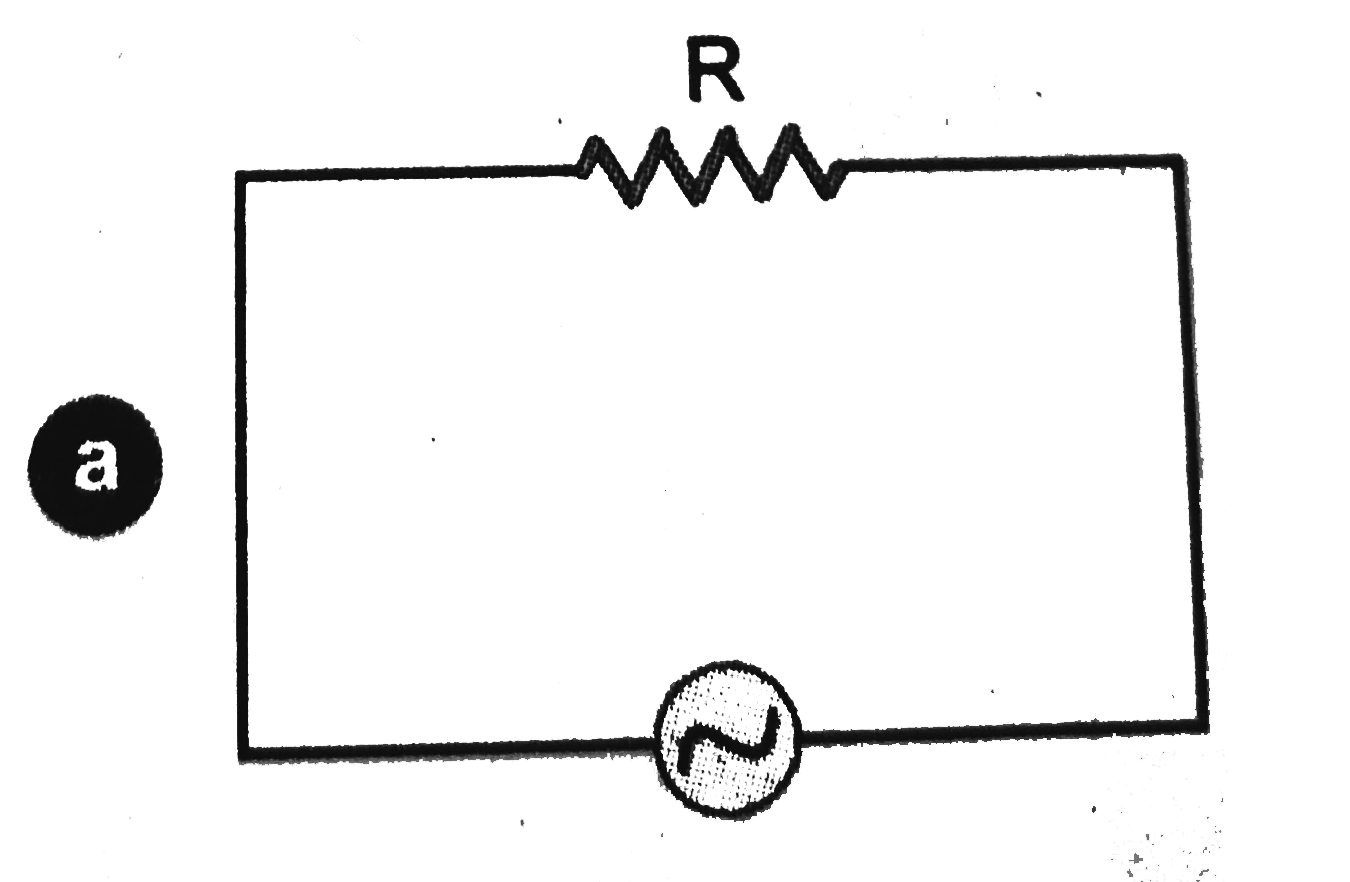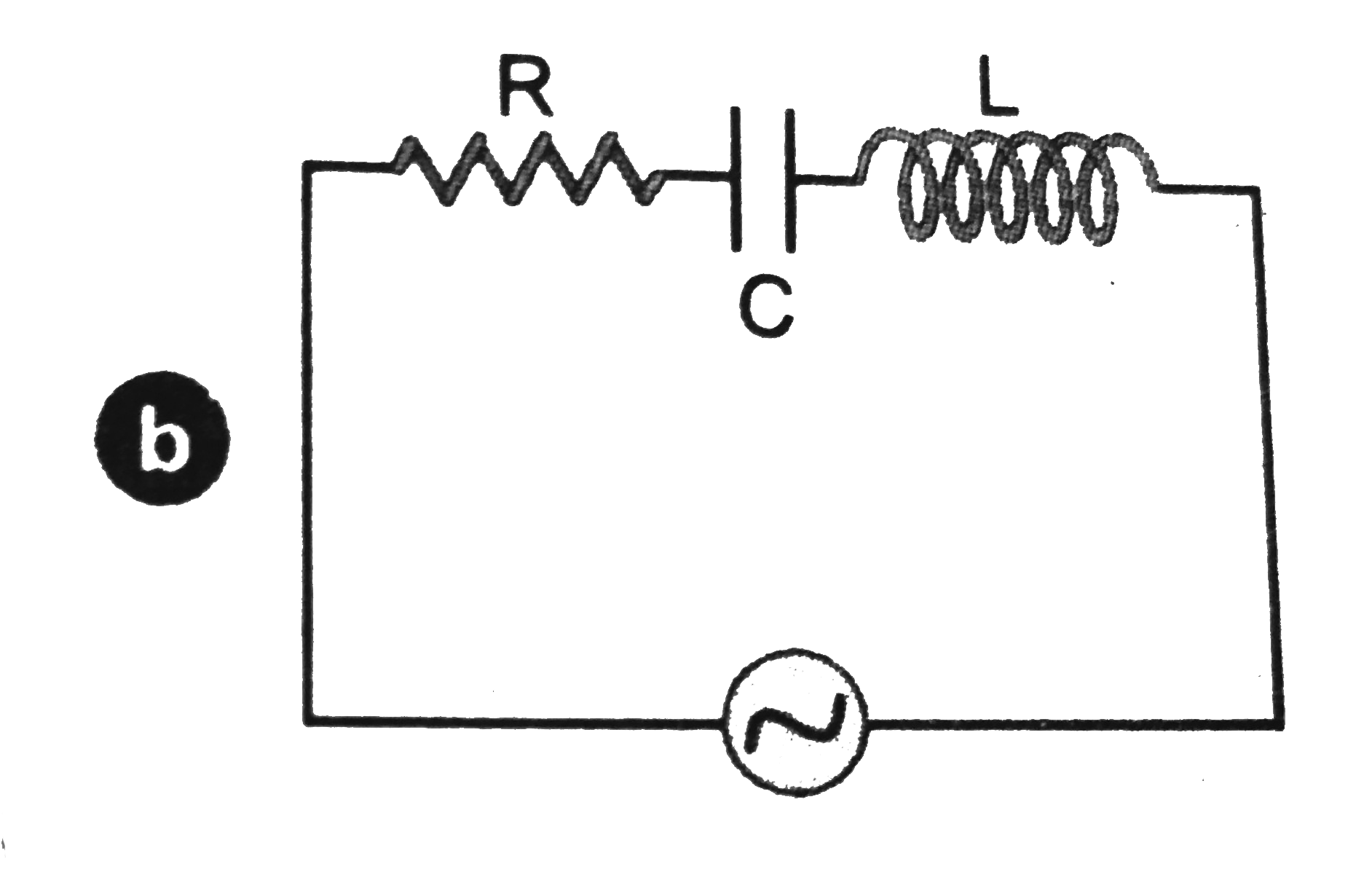In A.C. circuit the ratio of virtual current and the r.m.s. current is –
0
0.5
1
√2
The correct Answer is:C
To solve the question regarding the ratio of virtual current and the root mean square (RMS) current in an AC circuit, we can follow these steps:
1. Understanding Virtual Current:
- In the context of AC circuits, the term "virtual current" often refers to the RMS current. The RMS current is a way of expressing the effective value of an alternating current.
2. Definition of RMS Current:
- The RMS current (I_rms) is defined as the square root of the average of the squares of all instantaneous current values over one complete cycle. It is a measure of the effective value of an AC current.
3. Identifying the Ratio:
- The question asks for the ratio of virtual current to RMS current. Since virtual current is defined as RMS current in this context, we can denote both as I_v = I_rms.
4. Calculating the Ratio:
- The ratio of virtual current (I_v) to RMS current (I_rms) can be expressed mathematically as:
Ratio=IvIrms=IrmsIrms=1
5. Conclusion:
- Therefore, the ratio of virtual current to RMS current in an AC circuit is 1:1.
Final Answer:
The ratio of virtual current to RMS current in an AC circuit is 1:1.
---
- In the context of AC circuits, the term "virtual current" often refers to the RMS current. The RMS current is a way of expressing the effective value of an alternating current.
- The RMS current (I_rms) is defined as the square root of the average of the squares of all instantaneous current values over one complete cycle. It is a measure of the effective value of an AC current.
- The question asks for the ratio of virtual current to RMS current. Since virtual current is defined as RMS current in this context, we can denote both as I_v = I_rms.
- The ratio of virtual current (I_v) to RMS current (I_rms) can be expressed mathematically as:
Ratio=IvIrms=IrmsIrms=1
- Therefore, the ratio of virtual current to RMS current in an AC circuit is 1:1.
The ratio of virtual current to RMS current in an AC circuit is 1:1.
Similar Questions
Study the circuit (a) and (b) shown in Fig. and answer the following questions.
(a) Under which conditions would the rms currents in the two circuits be the same ?
Can the rms curent in circuit (b) be larger than that in (a) ?


View SolutionIn a.c. circuit, the instantaneous value of e.m.f. and current are
View Solution
Knowledge Check
In an A.C. circuit the current
AAlways leads the voltageBAlways lags behind the voltageCIs always in phase with the voltageDMay lead or lag behind or be in phase with the voltageIn A.C. circuit the average value per cycle of e.m.f. or current is -
Apeak value /√2B0Cpeak valueDNone of the aboveIn an ac circuit the current
Ais in phase with the voltageBleads the voltageClags the voltageDany of the above depending on the circumstances
What will be the phase difference between virtual voltage and virtual current, when the current in the circuit is wattless
View SolutionIn an LCR a.c. circuit at resonance, the current
View SolutionIn an AC circuit, the mass value of the current Irms is related to the peak current I0 as
View SolutionIn an a.c. circuit, the instantaneous e.m.f. and current are given by e = 100 sin 30 t
i=20sin(30t−π4) In one cycle of a.c., the average power consumed by the circuit and the wattless current are, respectively :
View SolutionIn an a.c. circuit, the instantaneous e.m.f. and current are given by e=100sin30t
I=20sin(30t−π4)
In one cycle of a.c., the average power consumed by the circuit and the wattless current are, respectively.
View Solution
